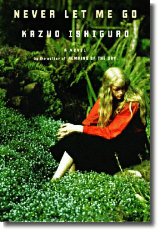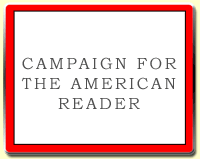 Glenn Patterson is the author of several novels and a memoir, Once Upon a Hill: Love in Troubled Times. He has written plays for Radio 3 and Radio 4 and is the co-writer of Good Vibrations (BBC Films), based on the life of Belfast punk impresario Terri Hooley, which is due for release in 2012. A collection of his journalism, for among others the Guardian, Sunday Times and Irish Times, was published in 2006 as Lapsed Protestant. His latest novel is The Mill for Grinding Old People Young. Patterson lives in Belfast.
Glenn Patterson is the author of several novels and a memoir, Once Upon a Hill: Love in Troubled Times. He has written plays for Radio 3 and Radio 4 and is the co-writer of Good Vibrations (BBC Films), based on the life of Belfast punk impresario Terri Hooley, which is due for release in 2012. A collection of his journalism, for among others the Guardian, Sunday Times and Irish Times, was published in 2006 as Lapsed Protestant. His latest novel is The Mill for Grinding Old People Young. Patterson lives in Belfast.For the Guardian, he named a top ten list of Belfast books. One title on the list:
The Emperor of Ice Cream by Brian MooreRead about the other books on the list.Moore by almost any measure is Belfast's most successful novelist. He spent his entire writing life in Montreal and California, but returned regularly to his native city in his novels, in this particular novel very close to his own experience as a youthful ARP warden in north Belfast. War for Gavin Burke is "freedom from futures" – an opportunity for licence, or as much licence as the local girls ("nuns in mufti") will afford him. And then the Luftwaffe come.
--Marshal Zeringue


















































